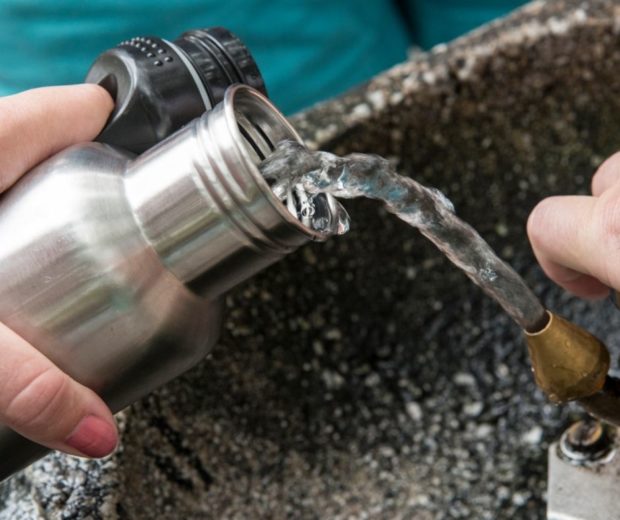
MANILA, Philippines — At least two House of Representatives panels have been asked to investigate how a 1989 law directing the Department of Public Works and Highways (DPWH) to create rainwater collectors has been implemented amid a possible water shortage this dry season.
In a statement, Makati 2nd District Rep. Luis Campos said he filed House Resolution No. 906 calling on the Committee on public works and highways and the Committee on ecology to jointly probe the supposed failed implementation of Republic Act No. 6716, or the Rainwater Collection and Springs Development Law of 1989.
Campos said Congress must check on implementing the law, especially since harvesting rainwater could help the country store water for the dry season.
“We want Congress to get to the bottom of the problem so that we can take remedial action, considering that stockpiling rainwater offers a practical way for communities to augment (water) supplies during the dry season, while mitigating potential flooding during the wet season,” he said on Sunday.
Campos added that rainwater harvesting should already be part of the country’s roadmap in addressing shortages — significantly since the state weather bureau predicted a 55 percent chance for the El Niño phenomenon to occur.
“In fact, rainwater harvesting should form part of the national water security roadmap since we have a lot of rainfall when we are not going through a drought or a dry spell,” he said.
Under R.A. No. 6716, a Barangay Waterworks and Sanitation Association (BWSA) will be formed to maintain water facilities within its jurisdiction.
The law’s primary goal was to provide “adequate potable water supply made conveniently available to every barangay in the country.”
Several lawmakers, however, believe that the law has not been implemented fully over 30 years since its enactment.
Last March 2019, Senator Sonny Angara called for the implementation of the said law in the wake of a water shortage experienced during that time.
READ: ‘Enforce law on rain water collection in every barangay’ – Angara
Experts fear another water crisis looms with the possibility of an El Niño, prompting lawmakers to ask water distributors and concessionaires to conserve water, especially for Metro Manila and its neighboring provinces.
READ: Maynilad, Manila Water urged to gear up for water crisis
According to the Philippine Atmospheric, Geophysical and Astronomical Services Administration (Pagasa), El Niño is characterized by unusually warmer than average sea surface temperatures (SSTs) in the central and eastern equatorial Pacific.
Hence, below-normal rainfall is expected, which can cause dry spells and droughts in several areas of the country — affecting the agricultural and livestock industry and, ultimately, a large part of the population.
Last March 23, Pagasa elevated its monitoring of the El Niño-Southern Oscillation (ENSO) Alert and Warning System to an “El Niño Watch.” This means the probability of an El Niño is declared between July to September 2023 is at 55 percent.
READ: Pagasa issues El Niño Watch; urges public to prepare for warm, dry season
While several lawmakers and experts expressed concerns about El Niño severely affecting the country, the Department of Agriculture (DA) headed by President Ferdinand Marcos Jr. himself assured that measures have been in place to lessen the phenomenon’s impact.